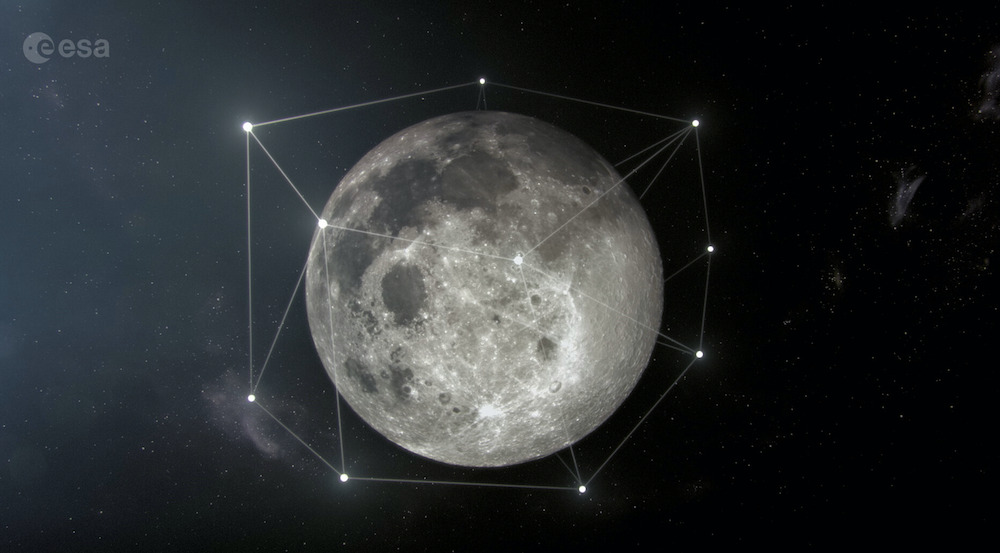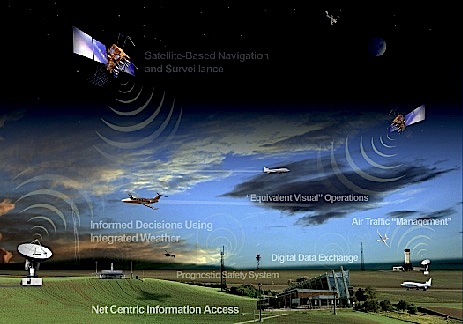The NaviMoon satnav receiver is designed to perform lunar positioning using signals from GNSS satellites in Earth orbit. The test version of this unique receiver has been delivered for integration testing onboard the Lunar Pathfinder spacecraft.
The NaviMoon receiver is the first piece of hardware produced under the European Space Agency (ESA) Moonlight initiative, aimed at developing dedicated telecommunications and navigation services for the Moon.
Lunar Pathfinder will carry NaviMoon into lunar orbit, where the receiver will establish the most distant positioning fix ever, at more than 400,000 km from Earth. By the time they reach the Moon, the GNSS satellite signals will be millions of times weaker than those used by our cars and smartphones, indeed hardly distinguishable from surrounding noise.
Groundbreaking Technology
Lunar Pathfinder is a commercial mission by the UK’s Surrey Satellite Technology Ltd (SSTL). It will be the company’s first complete mission beyond Earth It is essentially a communications relay satellite, intended to serve assets on both the near and far sides of the moon, orbiting in an elliptical frozen lunar orbit. It will deliver extended coverage over the lunar South Pole, a specific focus for a number of future exploratory missions
Slated for launch in 2024, Lunar Pathfinder will carry the ESA-funded 1.4 kg NaviMoon receiver as a guest payload. At regular intervals, the spacecraft will be oriented towards Earth to test the NaviMoon receiver. Satnav position fixes will be compared against laser ranging performed using a NASA retroreflector, as well as conventional radio ranging carried out using Lunar Pathfinder’s X-band transmitter. It will be the first time these three ranging techniques are used together in deep space. The combination of the three techniques is expected to enable orbit estimation beyond that achievable using radio ranging alone.
With NaviMoon, ESA hopes to deliver an initial positioning accuracy of less than 100 m. For now, the test model NaviMoon will be integrated into Lunar Pathfinder’s FlatSat test bed, to assess communications and other functions.
High Goals
Satnav signals received on Earth are already extremely faint. By the time they reach the Moon they have travelled more than 20 times farther. Also, GNSS satellite antennas are aimed at the Earth, not into space, so the only signals reaching the Moon are the much weaker so-called ‘side-lobe’ signals. Switzerland’s SpacePNT designed the NaviMoon receiver, with the UK’s European Engineering and Consultancy (EECL) adding a specialized amplifier that sifts through noise and boosts usable signals. The amplifier is a custom diplexer covering two frequency bands and incorporating a high-performance heat sink to further reduce noise.
The flight model NaviMoon receiver and antenna are expected to be delivered later in 2022. Starting with the Lunar Pathfinder launch in 2024, Moonlight will eventually place three to four satellites in lunar orbit, offering at least five consecutive hours of service in any 24 hours. The constellation will then be progressively expanded and beacons will be set up on the Moon itself, enabling full coverage across its entire surface.






